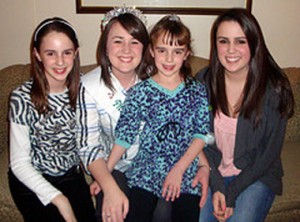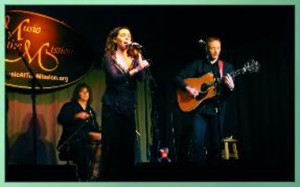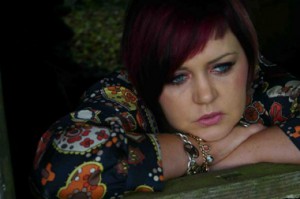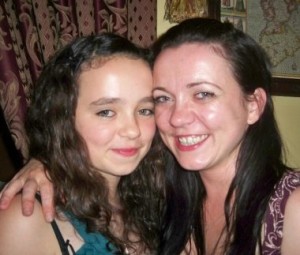Sometimes, here in this East Coast mecca of Irish music, we tend to forget that our forefathers occasionally immigrated their way deeper into the heartland of America…all the way to Chicago, even.
Which is a very good thing, since the Irish-American group BUA calls the Midwest home. And an even better thing is that they are making a return visit to the Philadelphia Irish Center on Saturday, March 6 for a show sponsored by the Philadelphia Ceili Group.
And, if you can handle still one more great thing: BUA co-founder and fiddle player, Chris Bain, talked to me about the band whose name is the Irish word for “Innate Gift.”
“We are all actively tied to the tradition of Irish music,” explained Bain. “I grew up surrounded by Irish and Scottish music. My dad plays the guitar and mandolin, and my mom plays the harp and guitar. Music was just always around, and always encouraged. It was just normal to always have musicians like Kevin Burke and Ged Foley staying with us.”
A little bit of background on the rest of the group: Jackie Moran, co-founder of the group and bodhran player, was born in County Tipperary and moved to Chicago with his family at age 10; Detroit-born Sean Gavin, who plays the flute and the uilleann pipes is the son of County Clare fiddler Mick Gavin; Brian Hart, who plays the concertina and is the lead vocalist, is fluent in Irish; Minnesota born guitar player Brian Miller has been playing Irish music since age 17, under the influence of Twin City transplants like County Derry guitarist and singer Daithi Sproule, and County Offaly accordion player Paddy O’Brien.
“BUA is a product of the Irish diaspora. All the immigrants who came over in search of new lives, they brought the music with them,” Bain went on. “And there was a lot of back and forth in the days of immigration, songs going back and forth between the countries.”
“Jackie and I initially got the band together a little after 2000 with a few other guys. It was around 2006 when we started performing with our current line-up…I’ve always loved being part of an ensemble and I love the presentation of the music.”
An active touring band that doesn’t “tour all the time,” BUA has been garnering increasing acclaim as they play at some of the major festivals and music venues in the United States, “from Maine to Montana,” as well Canada.
“The great thing about Irish music is that it’s a social event,” Bain said. “It’s nice to go out and hear live music, and have a pint or a coffee and chat with people. And we’re looking forward to teaching the workshops in Philly, it’s always interesting doing them…there’s a real social aspect to the workshops as well.”
I was fortunate to be a witness to the backstage creative process that is behind BUA’s success when I watched them work out a new song last September at the Bethlehem Celtic Classic. “Soldier, Soldier,” a traditional ballad that tells the tale of a young lass who is sure she will get to marry the fighting man she fancies, if only she can provide him, a verse at a time, with the clothes he requires for a proper wedding.
“We like doing a bit of the obscure stuff,” Chris laughed. “But we’re also confident enough to do stuff that’s been done before with our own spin.”
“The title track on our album ‘An Spealadoir,’ we didn’t know when we were recording it that it was also on a Danu album. I’m glad we didn’t realize it before we did it…they are two totally different versions of the song.”
“We’ve got a new CD in the works, it will be our third,” says Chris. “We recorded a live album in 2007, and then ‘An Spealadoir’ in 2009. Our challenge now is that as a band we’re in a sort of limbo land. We’re not a brand-new thing anymore, we’re not a pub band, but we’re not Lunasa or Danu. It’s a good place, though.”




